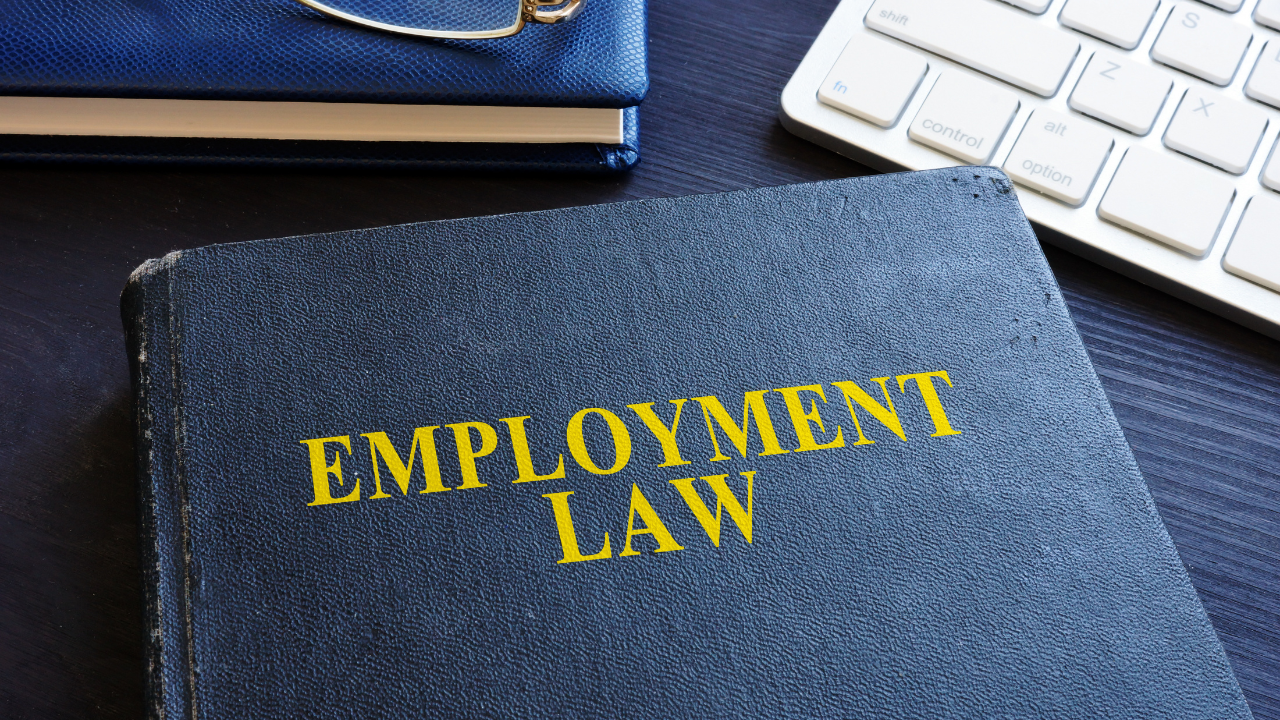Understanding and complying with maternity and paternity leave laws is not just a legal obligation but also a crucial aspect of fostering a supportive workplace environment for employers in the UK. Let’s break down the laws and rules surrounding maternity and paternity leave, providing clear insights for employers.
Maternity Leave in the UK
As an employer, it’s essential to be aware of the statutory maternity leave entitlement.
Duration: Eligible employees are entitled to up to 52 weeks of maternity leave, split into two parts:
- Ordinary Maternity Leave: 26 weeks, starting no earlier than 11 weeks before the due date (unless the baby comes early!).
- Additional Maternity Leave: 26 weeks, optional and flexible within a timeframe.
To qualify, employees must inform their employer at least 15 weeks before the expected due date and have at least 26 weeks of continuous employment.
Pay: Understanding the payment structure during maternity leave is crucial.
- Statutory Maternity Pay (SMP): Up to 39 weeks, with the first 6 weeks at 90% of average weekly earnings and the remaining 33 weeks at either £172.48 or 90% of earnings, whichever is lower.
- Enhanced maternity pay: Some employers offer additional pay beyond SMP.
Paternity Leave in the UK
For employers, understanding the paternity leave entitlement is equally important.
Duration: Eligible employees are entitled to one or two consecutive weeks of Ordinary Paternity Leave (OPL).
To qualify, employees must have at least 26 weeks of continuous employment by the end of the 15th week before the expected due date.
Pay: Unlike maternity leave, paternity leave is typically unpaid. However, employees may be eligible for Statutory Paternity Pay (SPP) if they meet specific criteria, for those employees, it is either £172.48 a week or 90% of average weekly earnings, whichever is lower. Employers should communicate these details clearly to employees to manage expectations.
You should note that the statutory payments are subject to change.
Employer Responsibilities
- Communication: Clear communication is the cornerstone of compliance. You must inform your employees about their rights and responsibilities regarding maternity and paternity leave. This includes providing information about the notice period, required documentation, and company-specific policies.
- Flexibility: Recognising the diverse needs of employees is vital. You should be prepared to discuss flexible working arrangements and support employees in their transition back to work after leave. This can include part-time work, job-sharing, or other adjustments that contribute to a balanced work-life equation.
- Anti-Discrimination Measures: You must actively work to prevent discrimination against employees taking maternity or paternity leave. This involves fostering a culture that encourages equal opportunities and fair treatment, ensuring that no employee faces adverse consequences for exercising their legal rights.
Implementing supportive policies contributes to a positive work environment, leading to loyalty, commitment, and productivity. By embracing these responsibilities, you not only ensure compliance with the law but also foster a workplace culture that prioritises the well-being of your employees.
Our team of experienced employment and immigration law professionals can provide tailored advice to ensure compliance and support a harmonious workplace. Contact us today at www.davenportsolicitors.com or call +44 020 7903 6888 for expert assistance in understanding the complexities of UK employment law.
















